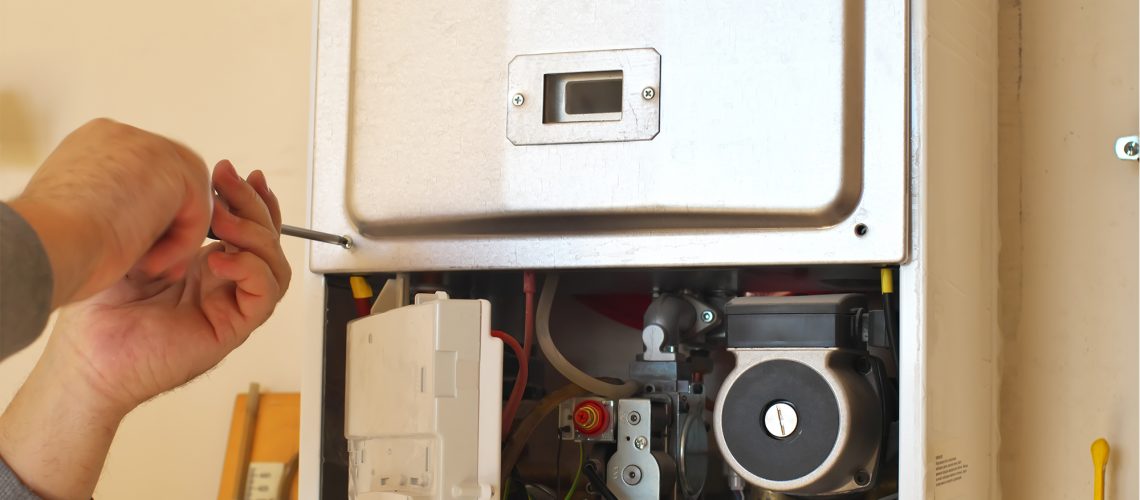Combi boilers are the answer! Are you mad?
If you have had a combi boiler fitted in your house in the last 5 years, chances are it works pretty well. Aside from the cheapest manufacturers and the cheapest installers, your combi boiler will be efficient, effective, and reliable. More and more homes are choosing this form of boiler, but there were times in the past when combi boilers weren’t such a good idea. So we thought we’d take a trip down memory lane and look at the history of combi boilers.
Combi boilers are the answer! Said no engineer ever..
There used to a time when it just didn’t seem as though we would ever think combi boilers are the answer in the UK. Introduced to our shores in the 1970s, combi boilers struggled to cope with our inconsistent water hardness, our lifestyles and variable weather conditions. When the temperature dropped through winter, consumers would struggle to run a bath successfully, leaving owners topping up baths with boiled kettles and pans a widely adopted practice. Not a great scenario!
The UK suffers from extremely hard water in certain areas. If a combi was installed without the appropriate water treatment, it could only take a matter of months before issues affected performance (this is also true for today, but thankfully, there is much more awareness about hard water).
Many of us in the industry probably at some point thought that combi boilers simply weren’t good enough. Here’s some issues we faced. Combi boilers:
- broke down too often
- woeful hot water flow rate
- leaked, and leaked some more
- scaled up in hard water areas
- were noisy
- lost pressure
- were intermittent in the quality of output
- had expensive parts
- weighed a ton
- had suspect electrics
- were massive in size
- looked ugly
- were horrible to work on
The big problem – Hot water that arrived in a trickle.
It is fair to say that over the last 15 years, combination boilers have improved significantly. Efficiency levels over 90% are widely expected, but the effectiveness of performance is where serious progress has been made. Here’s a look back at what a combi boiler would have been like in a number of homes in the UK.
Older combis relied on a very mechanical type of operation, which affected the delivery of hot water. This meant that there would be long dead-legs of cold water before any hot water would start to flow. Consumers would have to manually slow down the flow from a hot water tap in order to ‘back-up’ the heat in the boiler to aid the transfer of heat. This was made worse when mains water entering the house was affected by the cold weather.
The combi boilers throughout the 80s and 90s never seemed powerful enough for everyday use. Yes, there were some manufacturers, like Vaillant or Worcester, who provided larger output combis, but these were expensive and very large in size compared to rival smaller models. Many people who were limited with space and budget found that their 24kW combi just didn’t deliver, especially if feeding directly to a shower.
Condensing Combi Boilers – the revolution
When manufacturers moved to produce condensing boilers (find out about condensing boilers here), it was generally a move for the good. With the exception of a few manufacturers and some horrific early models, condensing combi performance improved significantly. The move away from mechanical operation to a faster electrical process has improved the transfer of heat for hot water, thus removing the excessive dead-leg scenario.
Thankfully, technology has moved on, and in a lot of cases, combi boilers are the answer. We’re proud to be official installers of Vaillant Boilers, leaders and pioneers in central heating and hot water appliances. And we’re confident and definitely not mad when we say…
Finally, combi boilers are the answer!

